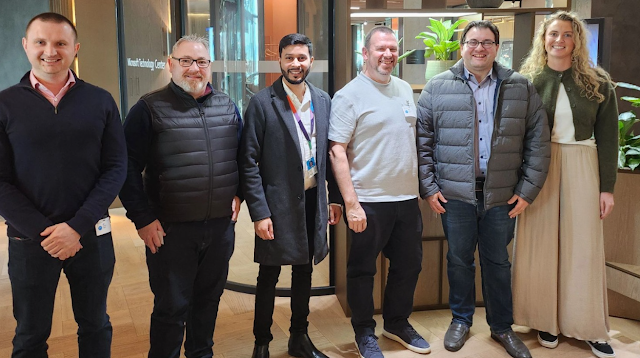Entra External ID for Customers - more to come

On Thursday last week I met with the Microsoft VP of Product responsible for AAD B2C and Entra External ID, Levent Besik. We discussed the future of the product and the likely upgrade paths from AAD B2C to Entra External ID (CIAM). This is an exciting time for the product as it becomes more accessible to developers. There may be less niche development work to do as the product becomes easier to program, but there is still plenty of opportunity for consulting firms who are helping their customers to stay safe with single sign on deployments. Keep tuned for announcements about migration planning and about likely GA date for CIAM.





